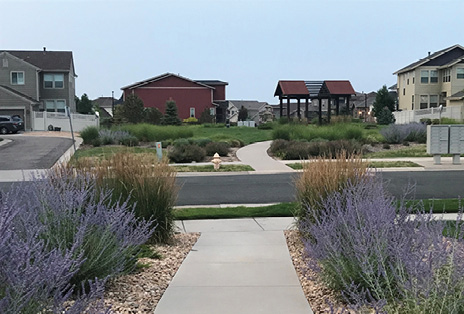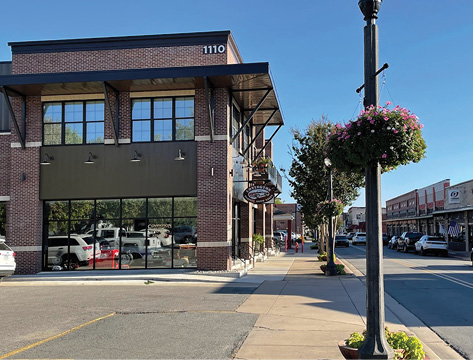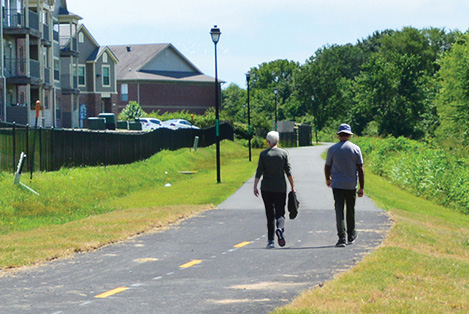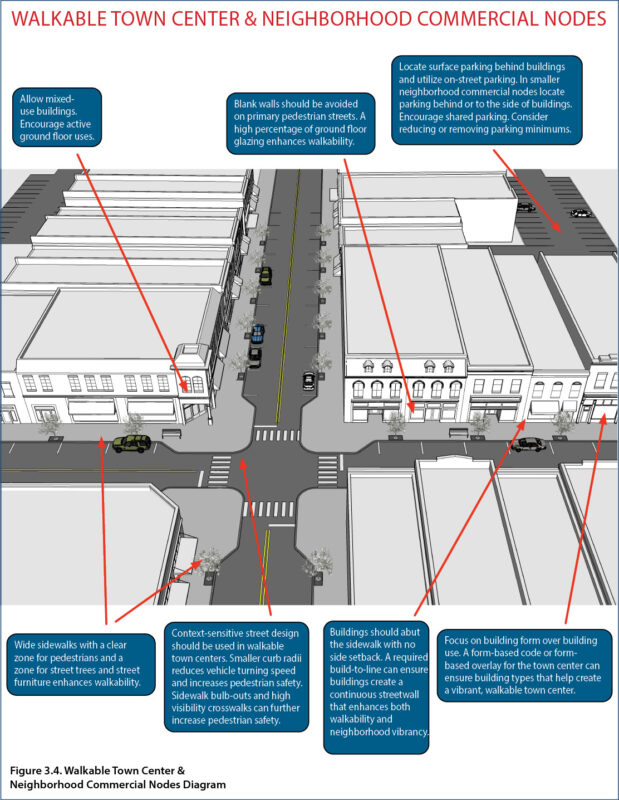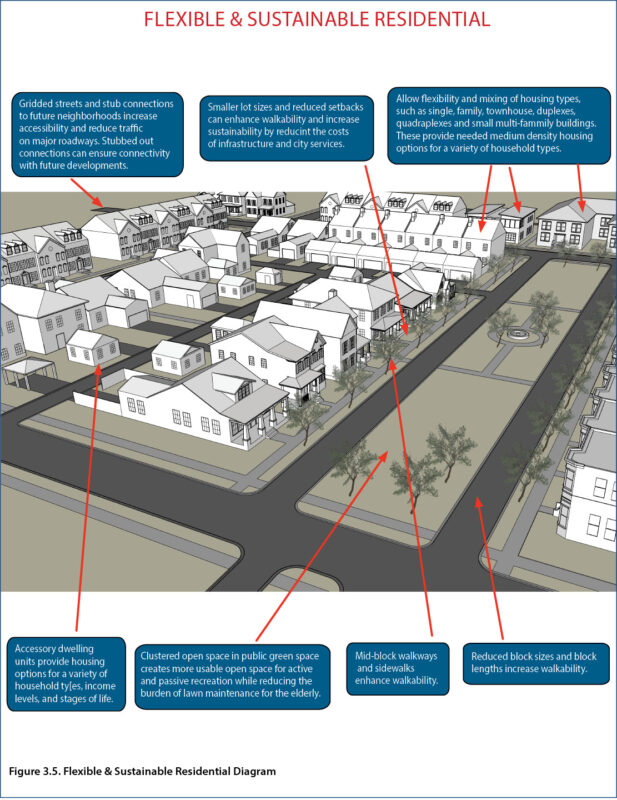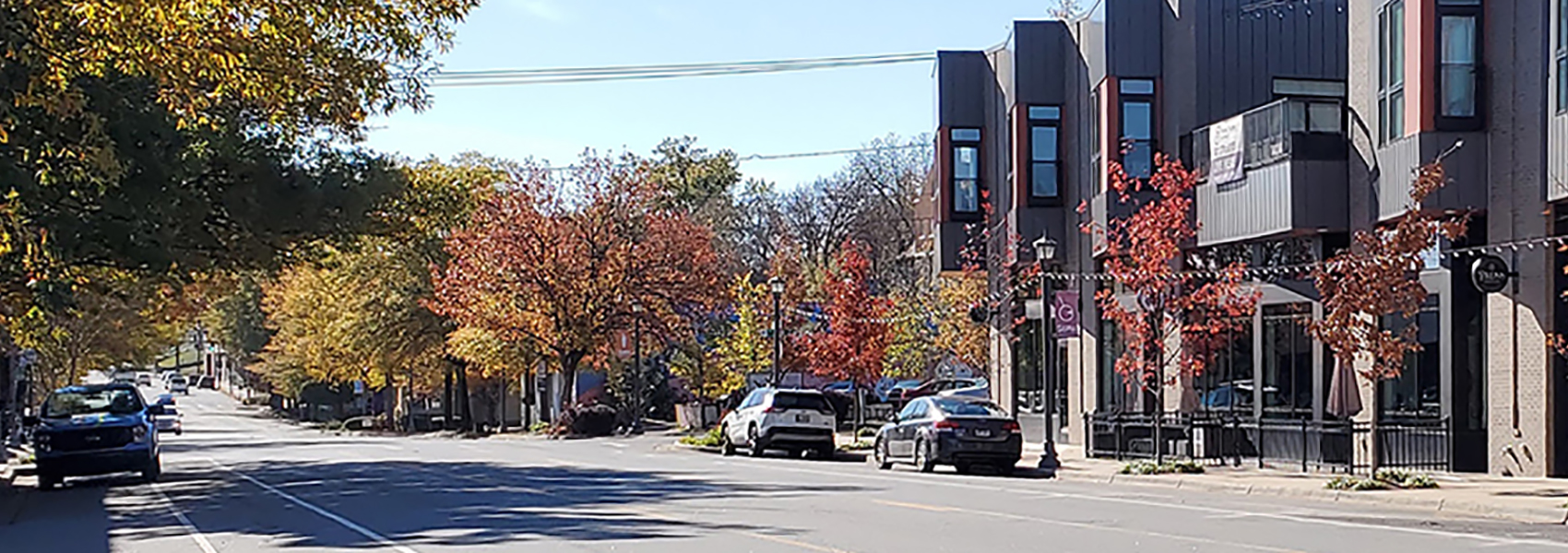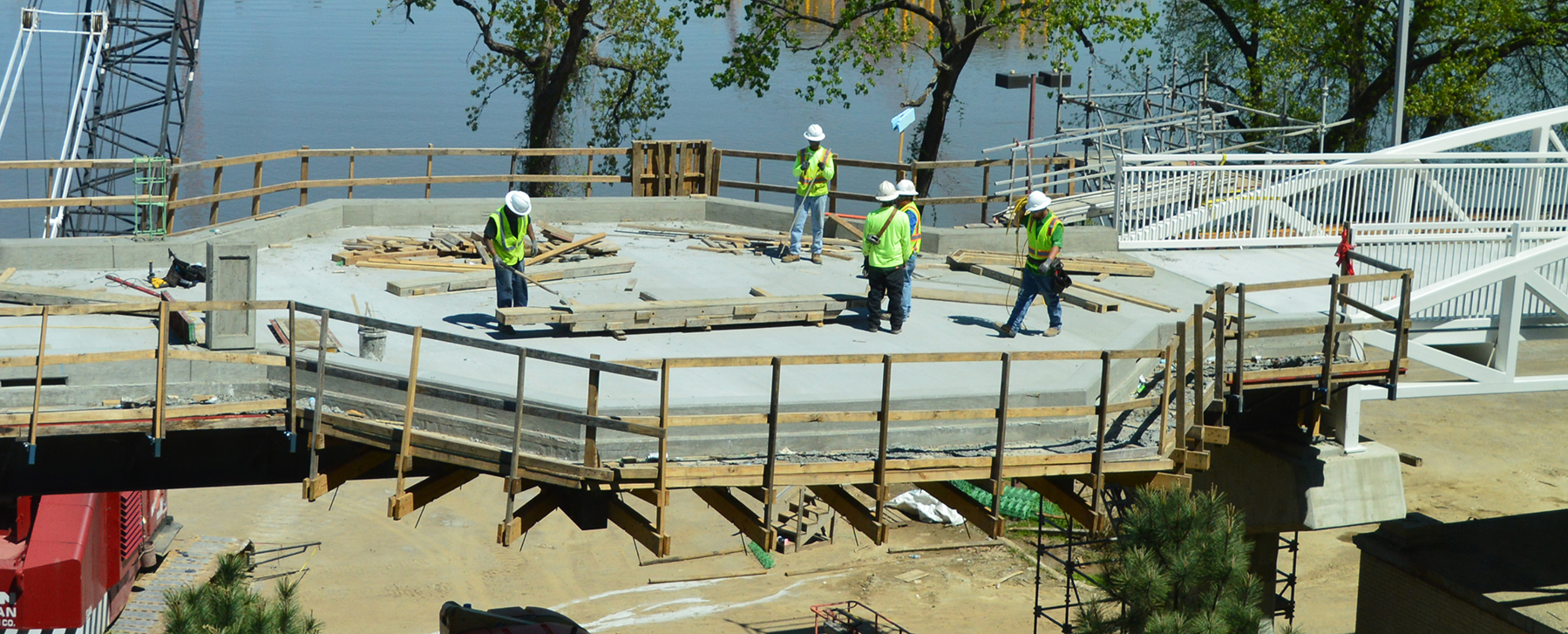5.
Strengthen coordination between land development and the transportation network by encouraging mixed-use and flexibility in housing.
Metroplan has recently completed or initiated several planning efforts to address the transportation-land development connection. As discussed previously, the Multimodal Guidelines addresses specific infrastructure for pedestrians, bike riders, transit users, and cars that can be developed around existing and future corridors of every type. These recommendations complement the development that already exists on a corridor.
For the greatest impact on mobility, cities must rethink their development ordinances. Traditional style development, with town centers and neighborhoods mixing residential and commercial, have been hampered or disallowed in zoning and subdivision ordinances for decades.
Code amendments have adapted to new attitudes in development but are limited by the complexity of mounting changes. Cities need techniques to guide new land development or redevelopment that provide the best mobility for all modes.
It is unreasonable to completely dismiss old zoning practices. The best tool in Metroplan’s box for strengthening our land development and transportation system’s connection is the Unified Development Ordinance (UDO). The code is a bridge between old and new zoning that is simplified, flexible, and can be applied throughout a small city, or direct neighborhood specific plans in bigger cities.
The following pages show development examples endorsed by the UDO to plan accessible, multi-mode mobility neighborhoods.
IIMPROVING ACCESS
Access management is encouraged by the US Department of Transportation as a tool to better manage roadways, improve safety, and maximize operations and efficiency. Access management is best accomplished when local governments and states manage access to facilities that preserve its investment while still providing development opportunities. Additional information on access management can be found at Access Management – FHWA Operations (dot.gov).
Metroplan’s Unified Development Ordinance (UDO) aims to help member cities design rules that encourage high-quality land development that is affordable and livable.
